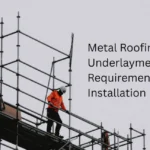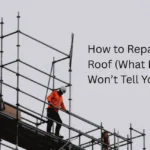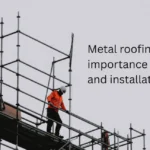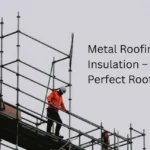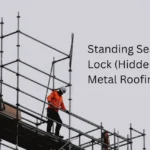Standing seam metal roofing is growing in popularity across the world, offering property owners a modern look, long lifespan, and reliable protection from extreme weather. In this blog post, we’ll explore everything you need to know about standing seam systems, from types and profiles to pros and cons.
What Is Standing Seam Metal Roofing?
Standing seam metal roofing is a type of metal roof characterized by:
- Concealed fasteners
- Two vertical legs
- Flat area between the legs
- A raised seam above the panel surface
Unlike exposed fastener systems, standing seam roofs have hidden attachments, providing better weather protection and a cleaner look.
Standing Seam Roofing Systems Maxima
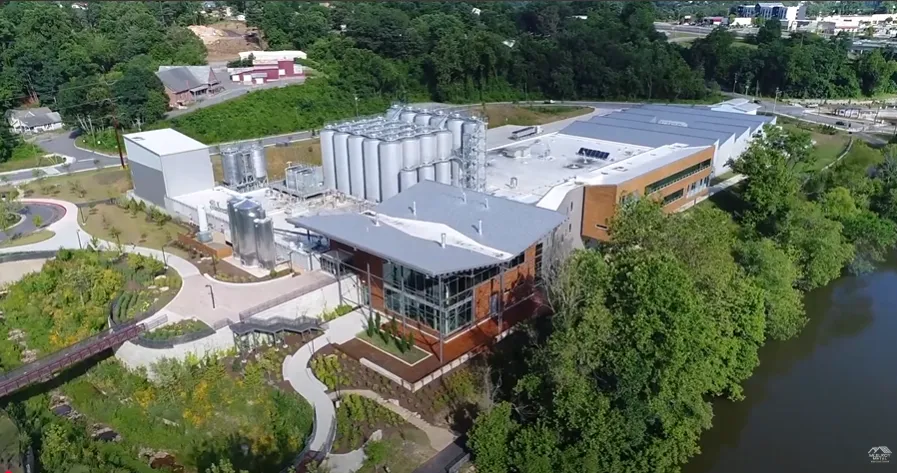
Standing seam roofing systems like Maxima are very important and highly effective, especially in residential areas and coastal regions. Choosing the right standing seam roofing system is a critical and wise decision. There are many roofing systems available, such as McElroy Maxima, which stands out due to its quality and weather resistance.
For houses exposed to strong, salty environmental conditions, Maxima 1.5, ADB, or even Medallion-Lok are excellent options. They provide a strong hold with a sleek finish and solid body design. Systems like Mirage II, MasterLok-90, and MasterLok-FS offer versatile solutions depending on the roof’s exposure to severe weather. These panels feature a vertical leg design that helps keep everything tight and securely locked.
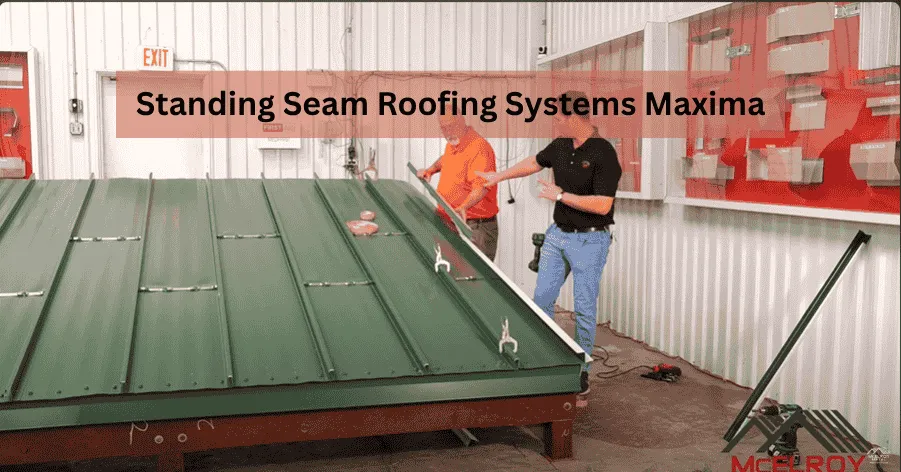
Choosing between Medallion I and Medallion II depends on the slope and location of the roof. It varies from case to case. In areas where the weather is unpredictable, these systems are truly amazing and one of the best options. They offer strong support due to their wide selection of profiles available for homeowners.
For clients who want clean lines and easy maintenance, Meridian panels are highly recommended. Simply put, Maxima systems deliver peace of mind because of their strong profiles and reliable support.
Standing Seam Retrofit Systems
Many building owners today are looking for cost-effective ways to upgrade an existing roof without disrupting daily operations or wasting time and money on a complete tear off. That’s where Standing Seam Retrofit Systems come in. I’ve personally seen how McElroy Metal’s smart offerings like the 138T Shingle Recover and 238T Metal-Over-Metal Recover transform outdated roofs into energy-saving assets. These restored systems are perfect for both commercial and residential buildings, so it’s a flat-to-steep slope change or Low Slope to Steep Slope upgrade. They’re not only functional but also very attractive, giving buildings a fresh, modern look while keeping the structure intact.
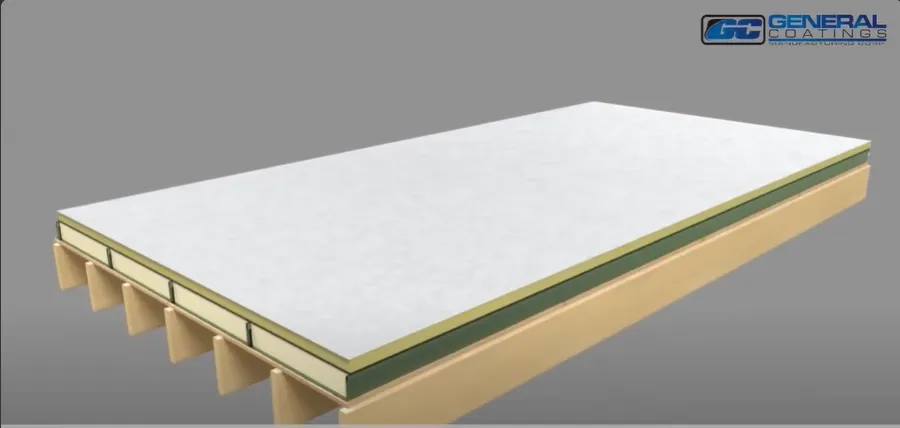
What makes this approach stand out is the flexibility to choose from Metal-over-Metal or Metal-over-Shingle solutions, depending on your individual needs. For example, existing shingles can be covered with 138T, or the symmetrical 238T can be used for older metal systems — no tear off needed. Add to that the benefits of Above Sheathing Ventilation (ASV), and you get enhanced energy-saving performance. The technical staff at McElroy helps customers customize these retrofit assemblies, making it easy to erect a system that’s both creative and engineered for long-lasting performance. Whether you’re upgrading a single-ply system or moving from a steep slope design, retrofit solutions are a viable choice for today’s demands.
Types of Standing Seam Panel Profiles
When choosing a standing seam metal roof, one of the biggest decisions is the panel profile. This impacts both appearance and performance.
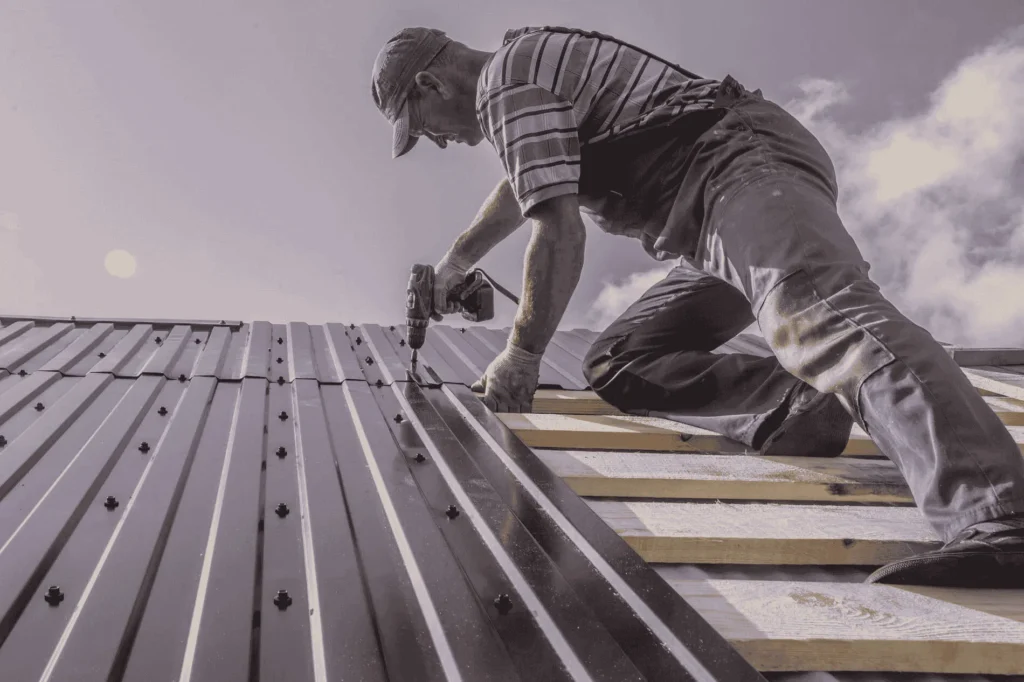
1. Snap Lock
- Attached with clips under the panel
- Allows for free-floating thermal movement
- Common for residential applications
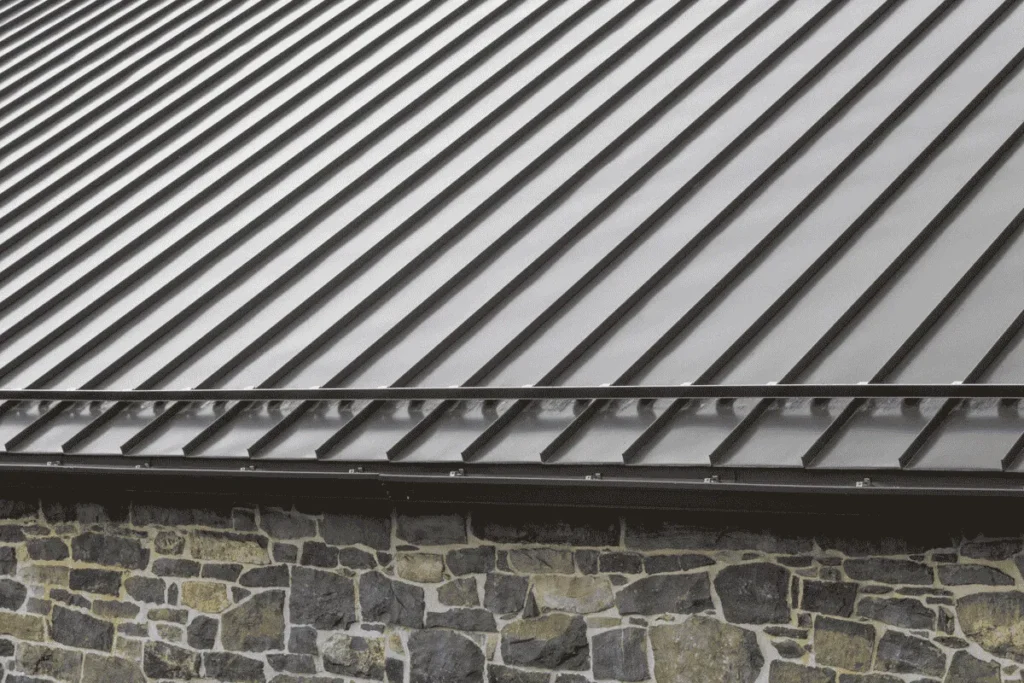
2. Mechanical Seam (Mechanical Lock)
- Requires a seaming tool to join panels
- Offers high wind uplift performance
- Ideal for commercial and extreme weather areas
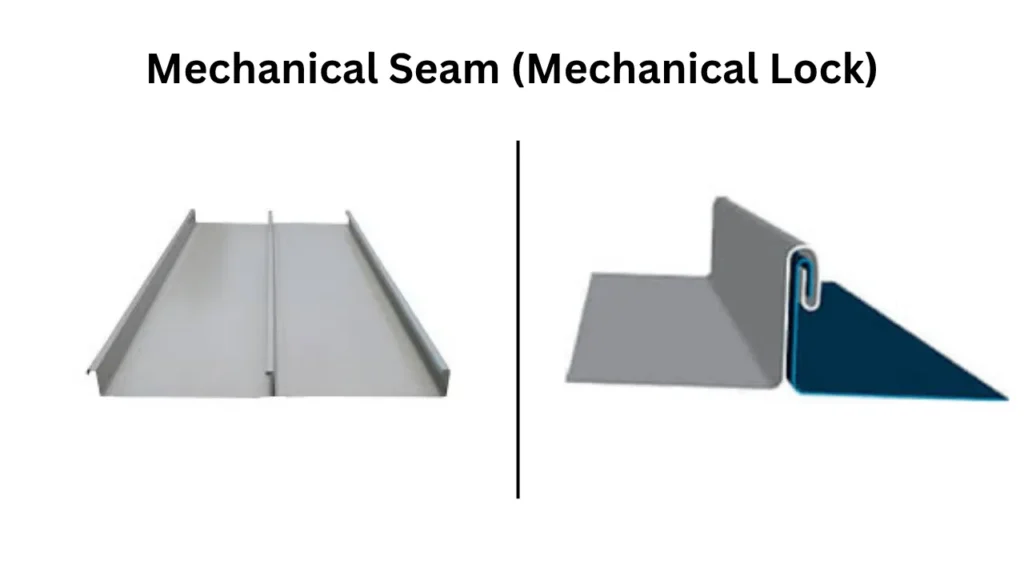
3. Batten Panel
- Two panel legs are butted together
- A separate metal cap is placed over them
- Cap can be snapped or folded into place
4. Nail Flange (Fastener Flange)
- Fastened directly through the male leg
- Female leg snaps over to hide fasteners
- Quicker installation but less floating capability
Panel Seam and Material Options
Seam Height (Rib Height)
- Depends on aesthetics, engineering, and building type
- Commercial projects often use taller seams
Thickness (Gauge)
- Common gauges: 22 to 26 in steel
- Aluminum: .032 to .040
- Balanced for durability, cost, and ease of installation
Advantages of Standing Seam Metal Roofing
Hidden Fasteners
No exposed screws means better resistance to:
- UV damage
- Moisture
- Wind uplift
- Fastener wear
No Holes in Panels
The panels themselves aren’t punctured during installation, preserving structural integrity.
Engineered for Performance
Reputable manufacturers test their systems for:
- Hurricane zones
- High-wind performance
- Structural uplift
Allows Thermal Expansion
Floating systems accommodate expansion and contraction, reducing risks like:
- Oil canning
- Fastener loosening
- Noise issues
Modern Architectural Appeal
- Clean, sleek lines
- Available in custom colors
- Suitable for complex roof shapes
Disadvantages of Standing Seam Metal Roofing
Higher Cost
- More expensive than traditional shingles and exposed fastener metal roofs
- Custom profiles and colors may increase pricing further
Fewer Qualified Contractors
- Requires specialized training
- Fewer installers are skilled in this type of roofing
Not for Low Slopes
- Not recommended for roofs with a pitch below ½:12
- Poor drainage on flat surfaces can cause:
- Leaks
- Color fading
- System failure
Difficult Repairs
- Replacing one panel may require removing adjacent panels
- Labor-intensive and costlier than other systems
Final Thoughts
Standing seam metal roofing is an excellent choice for both residential and commercial buildings that require durability, style, and weather protection. While it has its downsides, the long-term benefits often outweigh the initial investment.
Got Questions?
If you have questions about standing seam metal roofs or want to learn about other roofing options, drop a comment below or subscribe to the Metal Roofing Channel.
What is standing seam metal roofing?
Standing seam metal roofing features vertical panels with raised interlocking seams for a sleek, weather-tight finish.
Why is standing seam metal roofing used?
It’s used for its durability, modern appearance, minimal maintenance, and excellent protection against leaks and weather.
Where can I find standing seam metal roof details in PDF format?
Download from our official website SJ-Roofing venting
What are typical standing seam roof details?
Details include seam types, panel attachment methods, trim components, and flashing for edges, valleys, and ridges.
How do you install a standing seam metal roof?
Installation involves laying underlayment, aligning and fastening panels with clips, and sealing seams with appropriate trim.
What’s the difference between standing seam and corrugated metal roofs?
Standing seam roofs have concealed fasteners and clean lines, while corrugated roofs use exposed fasteners and have a wavy profile.
What types of standing seam metal roofs exist?
Types include snap-lock, mechanical lock, batten seam, and nail-strip systems, varying by application and seam design.
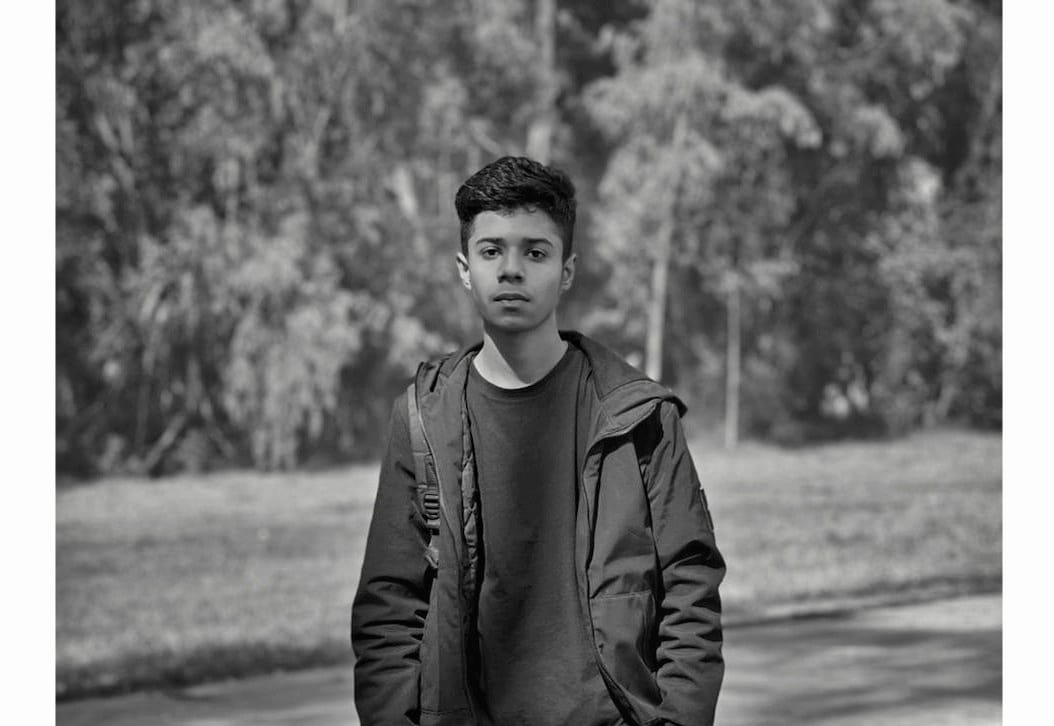
Hello! I’m Abdullah, a passionate professional in the field of construction and roofing. I am the proud owner of SJ Roofing & Venting, a leading construction company based in New York. With years of hands-on experience, I write about various construction methods, techniques, and industry insights to share my knowledge and help others in the field. I’m also the founder and main contributor of this website.

